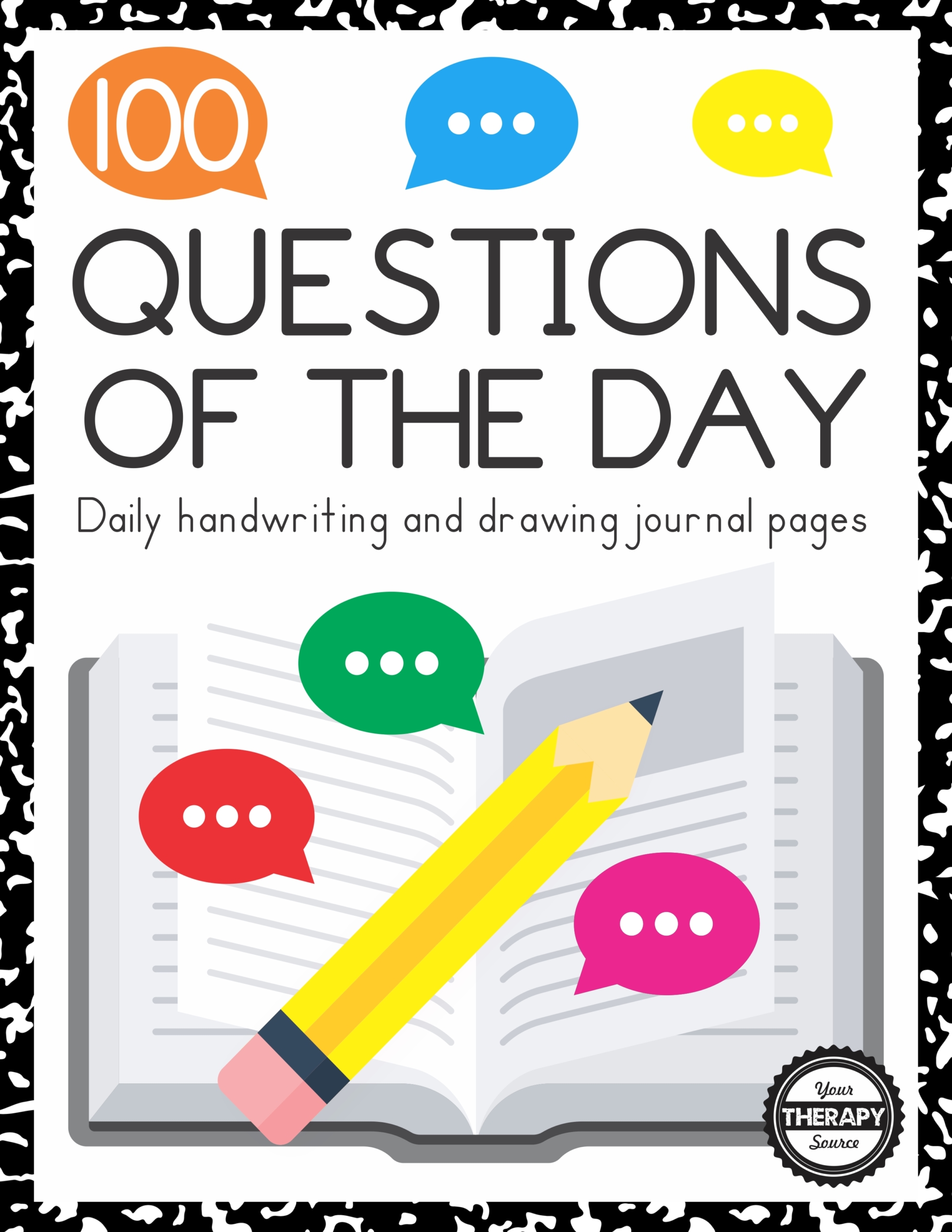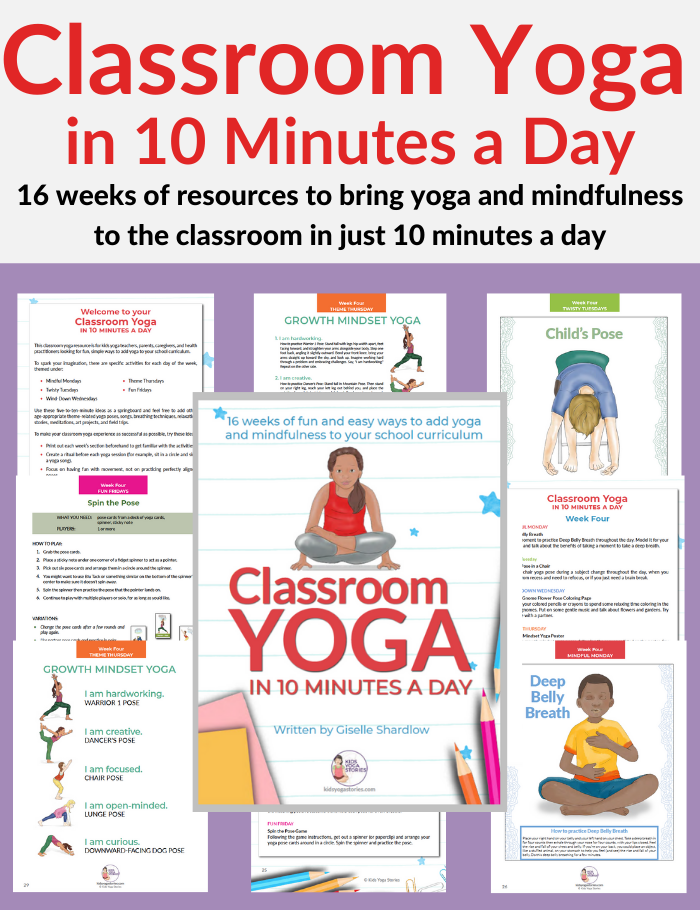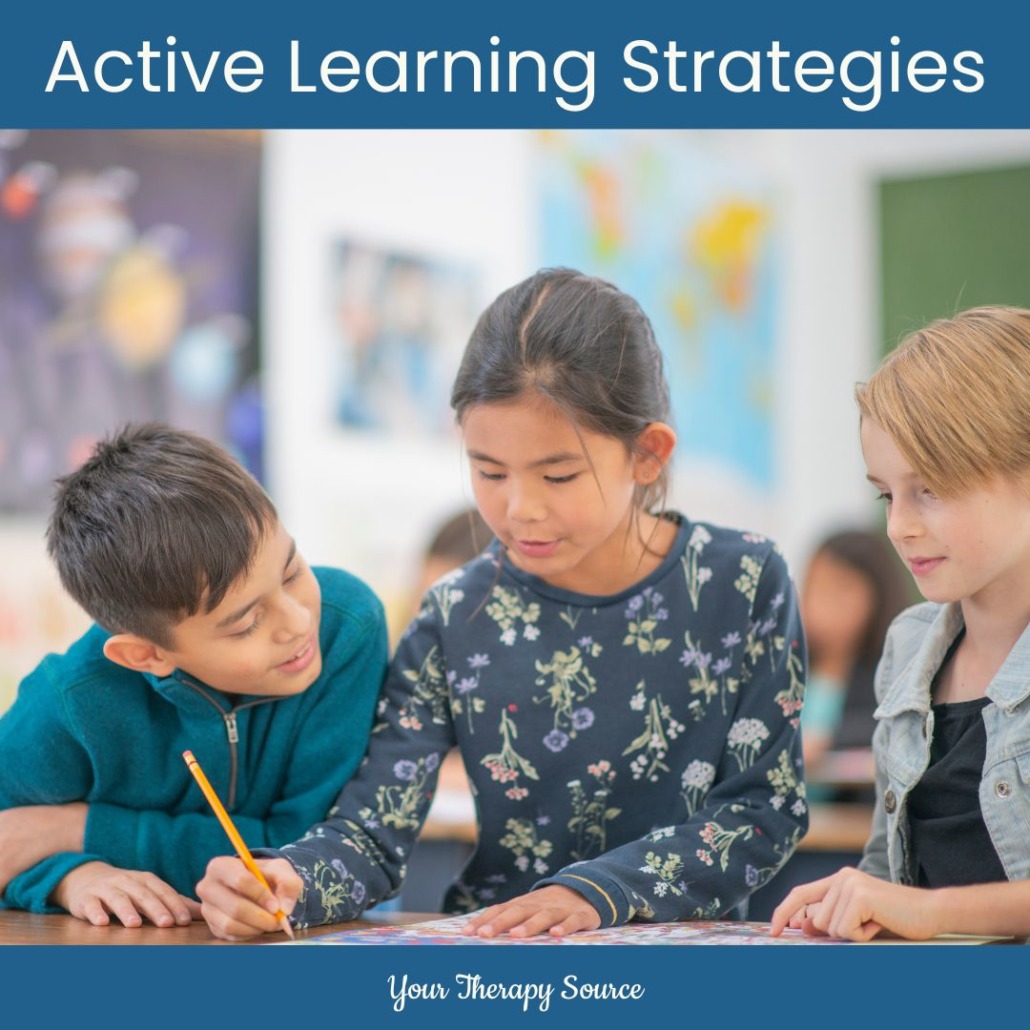Active Learning Strategies

When it comes to learning, students need active engagement. This is why teachers need to use active learning strategies in their classrooms. Active learning techniques help keep students interested and involved in the lesson, which leads to better comprehension and retention of course material. There are many different active learning strategies that teachers can use, so there’s sure to be one that will work well in your classroom.
WHAT ARE ACTIVE LEARNING METHODS?
Active learning is any instructional method that engages students in the learning process through active participation. Active learning methods are student-centered. This means that student involvement in the learning process is active rather than passive. Students are not simply listening to a teacher talk. Active learning can take many different forms, but all of them share one common goal: to get students actively involved in the learning process. It is an excellent method to support kinesthetic learners.
WHY ARE ACTIVE LEARNING STRATEGIES IMPORTANT?
Using active learning has been shown to be an effective way to improve student engagement and student comprehension. When students are actively involved in the learning process, they are more likely to pay attention, retain information, understand the material, and gain new knowledge. Active learning is also a great way to get students to think critically about the material they are learning. These strategies help students move beyond simply memorizing facts and figures. Instead, they encourage students to critically analyze, synthesize, and apply what they are learning.
Learning actively is also important because it helps students develop important skills such as collaboration, communication, and problem-solving. These skills are essential for success in school and in the workplace. Active learning is the best use of your class time.
HOW DO YOU CREATE AN ACTIVE LEARNING ENVIRONMENT?
You can encourage an active learning classroom through your style and the way you teach. If you encourage student curiosity and an interest in learning, students are willing to be actively engaged. Making it ok for your learners to feel comfortable and to be themselves is another way to foster an active learning environment. If students feel like they have to just sit in silence and only speak when spoken to, they will not be encouraged to be actively learning. When a teacher has active learning approaches, it can make all the difference in creating an active learning environment.
Some teaching strategies that create an active learning environment are:
- Asking open-ended questions
- Encouraging student dialogue and discussion
- Having students work in small groups on a group activity
- Using hands-on assignments and experiential activities
- Incorporating technology into the classroom
- Try whole brain teaching strategies.

Handwriting Prompts – 100 Questions of the Day
HOW DO YOU ENGAGE STUDENTS IN ACTIVE LEARNING?
Active learning requires students to be engaged in the lesson. Here are a few ideas for how to engage students in active learning:
- Get students excited about the material by making it relevant to their lives.
- Make sure your instructions are clear and concise.
- Model the activity for students and make sure they understand the expectations.
- Give students time to practice the activity.
- Encourage student reflection about their own learning.
HOW CAN ACTIVE LEARNING MOTIVATE STUDENTS?
Active learning is an effective way to motivate students. When students are actively engaged in the lesson, they are more likely to be motivated to learn. it also helps students develop a love of learning. When students are actively involved in their education, they are more likely to be curious and excited about what they are learning. Active learning is a great way to instill a love of learning in your students.
Another motivating factor is that active learning allows students to see the relevance of what they are learning. Students need to see how the material they are learning is relevant to their lives. Active learning strategies help students make connections between the material and their own lives, which can make the material more interesting and relevant.
Students also crave a sense of ownership over their education. Active learning gives students this. If student learning is simply a series of lectures, students have no choices in their learning. They will not develop a deep understanding of the topic. Students need to be active in the learning process, so they feel like they have a say in their learning. This feeling of ownership can motivate students to do their best work.
WHAT ARE EXAMPLES OF ACTIVE LEARNING ACTIVITIES?
There are many different types of active learning activities. Here are a few general examples:
- Cooperative learning activities such as pair work and small groups.
- Movement activities (great for kinesthetic learners) such as stand up/sit down discussions and learning stations.
- Technology-based activities such as using tablets or laptops to research a topic or participate in an online discussion.
- Hands-on activities such as experiments, simulations, and role-playing.
- Reflective activities such as journaling and discussing.

10 Minute Yoga for Kids in the Classroom
Here are some specific active learning activities you can use:
Socratic Questioning
To use Socratic questioning, start by asking your students a question about the material. Then, have students discuss the answer to the question in pairs or small groups. After discussion, have students share their answers with the class. This is great for critical thinking and questioning. It allows students to share more nuanced insight into a topic
Jigsaw Activity
Divide students into groups and give each group a different task to complete. Once the groups have completed their tasks, they will then come together to share what they learned with the class. This is a great way for students to learn course content from each other.
Gallery Walk
Put up different pieces of information around the room. Gallery walks work best if the information is a student-created project. Have students walk around, and then read the different pieces of information. After they have had a chance to read all of the information, have them discuss what they learned with their classmates. This is a great way for students to learn from each other and encourage active engagement in the lesson. It’s also a great visual activity for students.
Whiteboard Action
Equip students with whiteboards and markers. You ask various questions, and they write on the whiteboards and then hold up their answers. You can use this as a review quiz game. Or you can ask them what they think of when they hear the word *photosynthesis* or any other vocabulary word or. They can write or draw a picture or diagram, which is another visual learning strategy for students to use.
FORMATIVE ASSESSMENTS AS ACTIVE LEARNING ACTIVITIES
A formative assessment is an active learning activity that allows you to assess your students’ understanding of the material in real-time. It is a quick evaluation of where students are at. Formative assessments can take many different forms, but they all have one thing in common: they give you feedback about your students’ learning so that you can adjust your instruction accordingly. They’re also great examples of active learning!
Some examples of formative assessments include:
Think-Pair-Share
Students get a question or a prompt. First, they think of solutions or ideas on their own. Next, they pair up with a partner and share their ideas. Finally, during the class discussion, students share what they discussed with their partners.
One Minute Paper
At the end of a lesson or a unit, students write for one minute about what they have learned.
Thumbs Up, Middle, Or Down
After a lesson or a class discussion, students give you a thumbs up if they understood the material, a middle thumb if they are unsure about parts of it, or a thumbs down if they did not understand the material.
Exit Ticket
At the end of class or a lesson, students complete an exit ticket with their thoughts on the material. Exit tickets can be in the form of a question, a prompt, or an activity.
KWL Chart
At the beginning of a unit, students list what they know about the topic. Then they list what they want to know. After learning more about the topic, they list what they learned. Access a FREE KWL CHART here.
Do Now or Bell Ringer
At the beginning of class, students complete a short activity related to the day’s lesson. Do nows or bell ringers can be in the form of a question, a prompt, or an activity.
Active learning is a great way to motivate students and help them learn. There are many different active learning activities that you can use in your classroom. Try out a few of these activities to see which ones work best for your students and your classroom.

RELATED INFORMATION
Strategies for the Visual Spatial Learner


